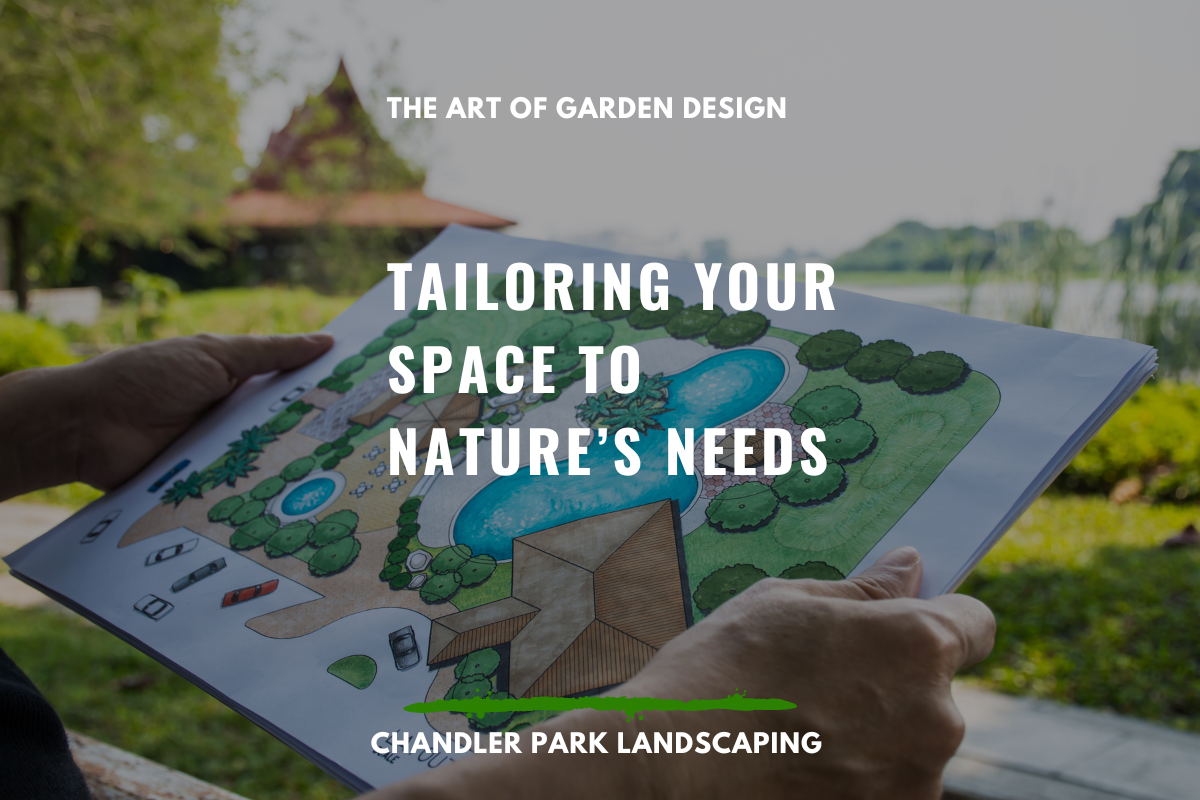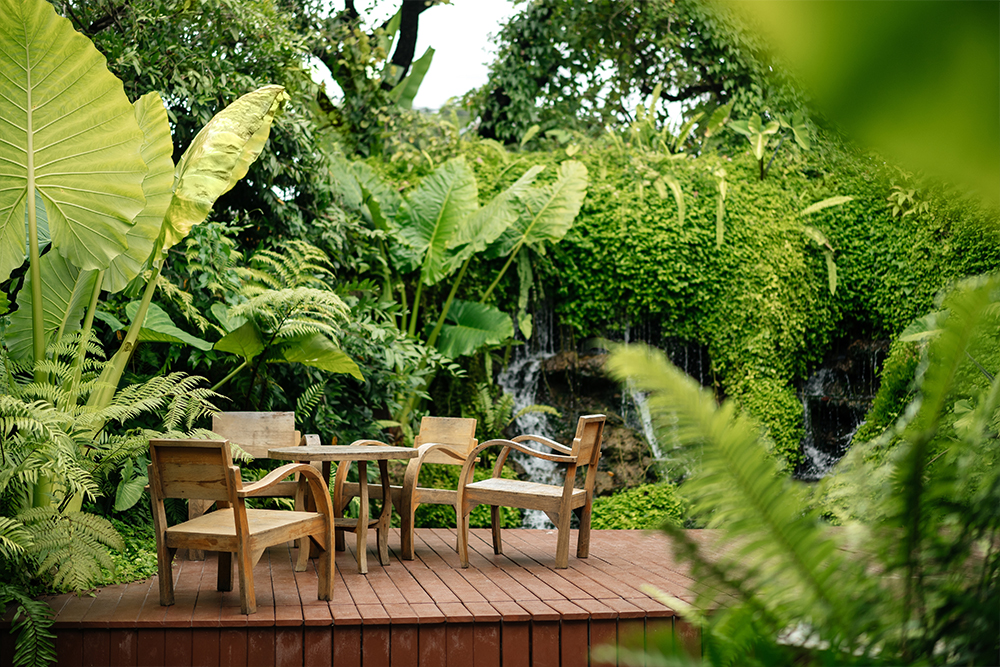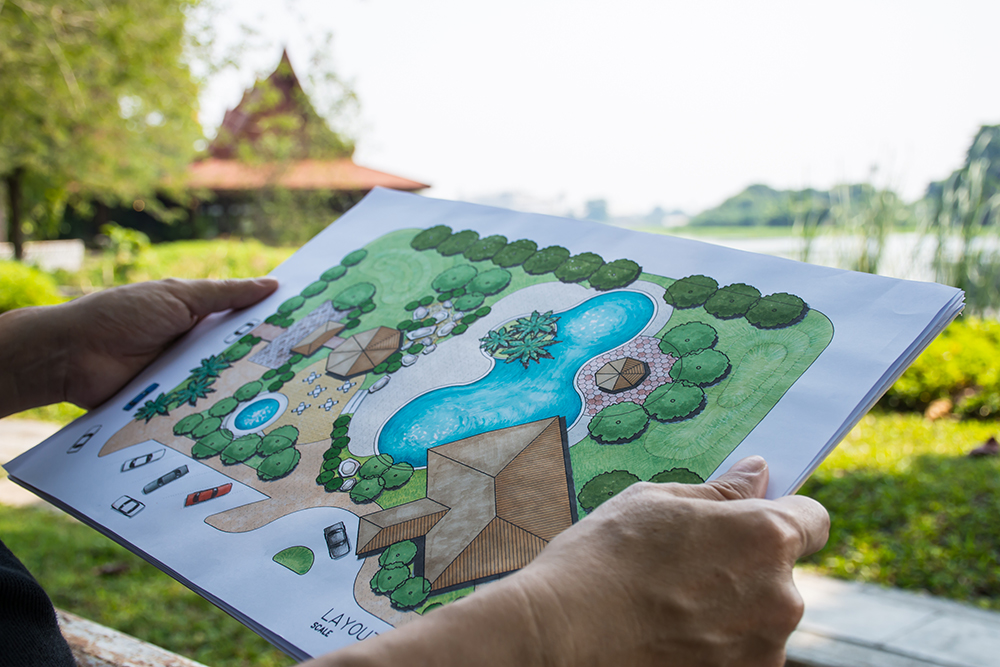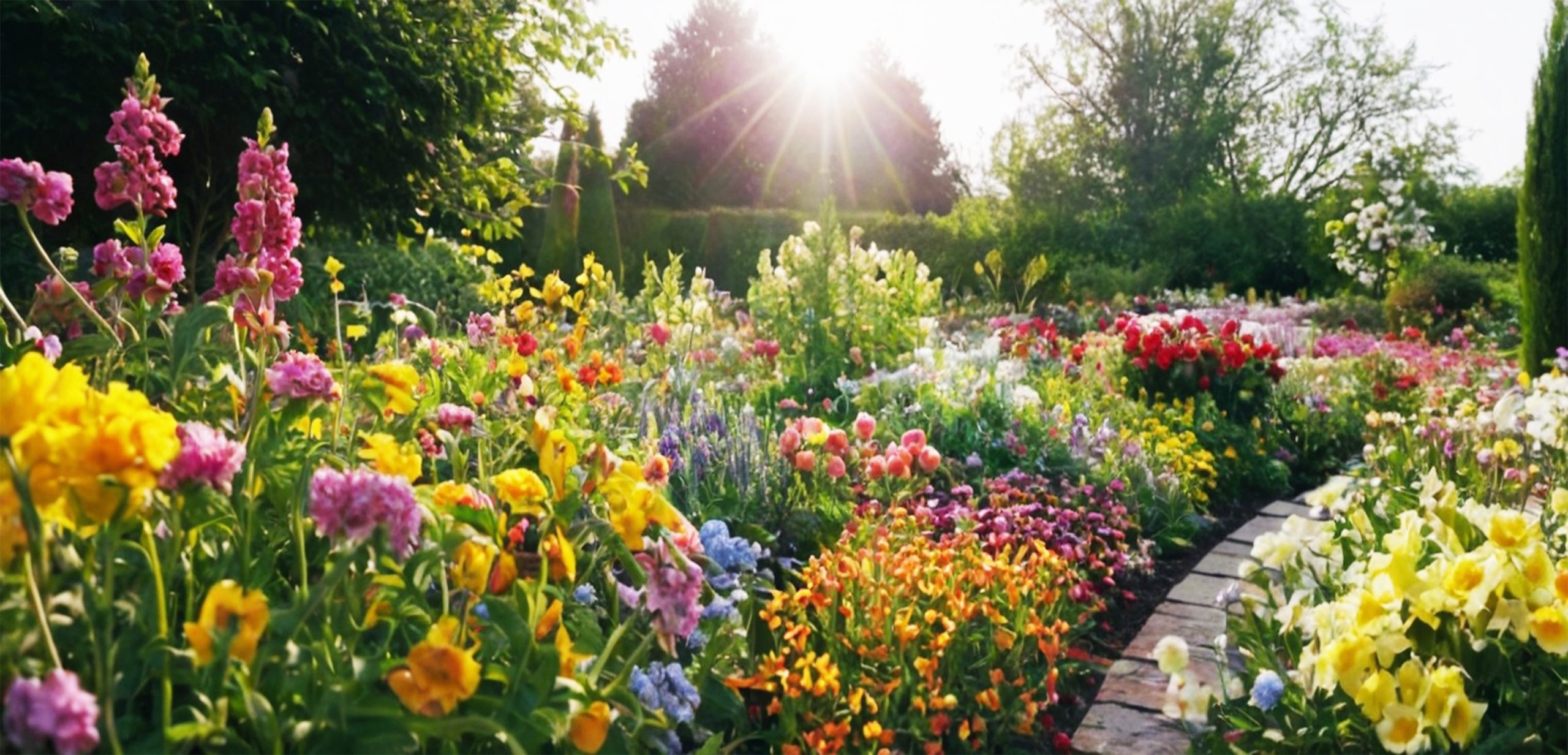
The Art of Garden Design: Tailoring Your Space to Nature’s Needs
March 1, 2025 6:00 am - Leave your thoughtsAs a horticulturalist, I often see the joy people experience from their gardens. A well-designed garden isn’t just beautiful; it’s functional, practical, and sustainable. While the aesthetic is important, the success of any garden lies in how well it suits its space, purpose, and natural environment. In this post, I’ll explain why considering factors like available space, required uses, and sunlight is essential to creating a thriving garden.
Maximizing Space: Designing for What You Have
The size of your garden is one of the first things to consider. Whether you’re working with a sprawling backyard or a compact urban courtyard, the design must be tailored to the space you have. Larger areas allow more room for ambitious layouts, including trees, sprawling flower beds, and features like ponds or outdoor seating areas. Smaller spaces, on the other hand, demand more creative approaches to make the most of every inch.
In smaller spaces, vertical gardening and compact, multi-functional plants come into play. Espaliered fruit trees or climbing plants like jasmine can grow upwards, leaving ground space free. Raised garden beds also help in smaller gardens by providing layers of planting while making maintenance easier.
It’s about smart planning—understanding the dimensions and features of your space and making choices that suit them. Ignoring the limitations of your space can lead to overcrowding, poor plant health, and a cluttered appearance.

(A garden deck surrounded by greenery)
Functionality: Defining the Use of Your Garden
A garden should reflect the needs of its users. Before diving into planting, it’s important to ask: What do you want from your garden? Are you looking for a tranquil retreat to relax, an outdoor space for entertaining, or a productive vegetable patch?
For families with young children, a safe and open space for play may take priority, meaning that hardy, low-maintenance plants and grass areas are essential. If your goal is to entertain, outdoor seating areas, a barbecue setup, and ornamental features might be at the forefront of your design. For those interested in growing their own food, the garden’s layout must accommodate space for raised beds or containers that provide ideal growing conditions for vegetables and herbs.
The intended use of your garden plays a significant role in the design process. It helps you determine which plants to use, how much space is allocated for pathways and relaxation areas, and how best to ensure easy maintenance.

Sunlight: Nature’s Most Valuable Resource
Sunlight is a garden’s lifeblood, and it’s crucial to understand how much light each part of your space receives throughout the day. Different plants have different sunlight needs, and planting them in unsuitable conditions can lead to poor growth or failure to thrive.
If your garden receives full sun for most of the day, you have the flexibility to plant a wide variety of flowers, vegetables, and shrubs that need at least 6 hours of sunlight, like roses, tomatoes, and lavender. However, shaded areas, especially those under large trees or buildings, will suit shade-loving plants like ferns, hostas, and begonias.
By mapping the sunlight patterns in your garden, you can strategically position plants according to their needs, ensuring that each thrives in its environment. Shaded areas can also be used creatively to establish cool, tranquil spots that offer refuge during hot summer months.

Conclusion
A thoughtfully designed garden doesn’t just happen; it’s the result of careful consideration of the space, its intended uses, and its exposure to sunlight. By aligning these factors with your garden’s design, you can create a space that not only looks beautiful but also serves your needs and thrives in its environment. Remember, a garden is an extension of your living space and lifestyle—design it with care, and it will reward you for years to come.
If you’re ready to explore options for your business, contact Nigel Arnold, our professional horticulturalist, today to discuss customized, cost-effective garden solutions. Let’s work together to create a green space that benefits your business, your employees, and the environment.
Nigel
